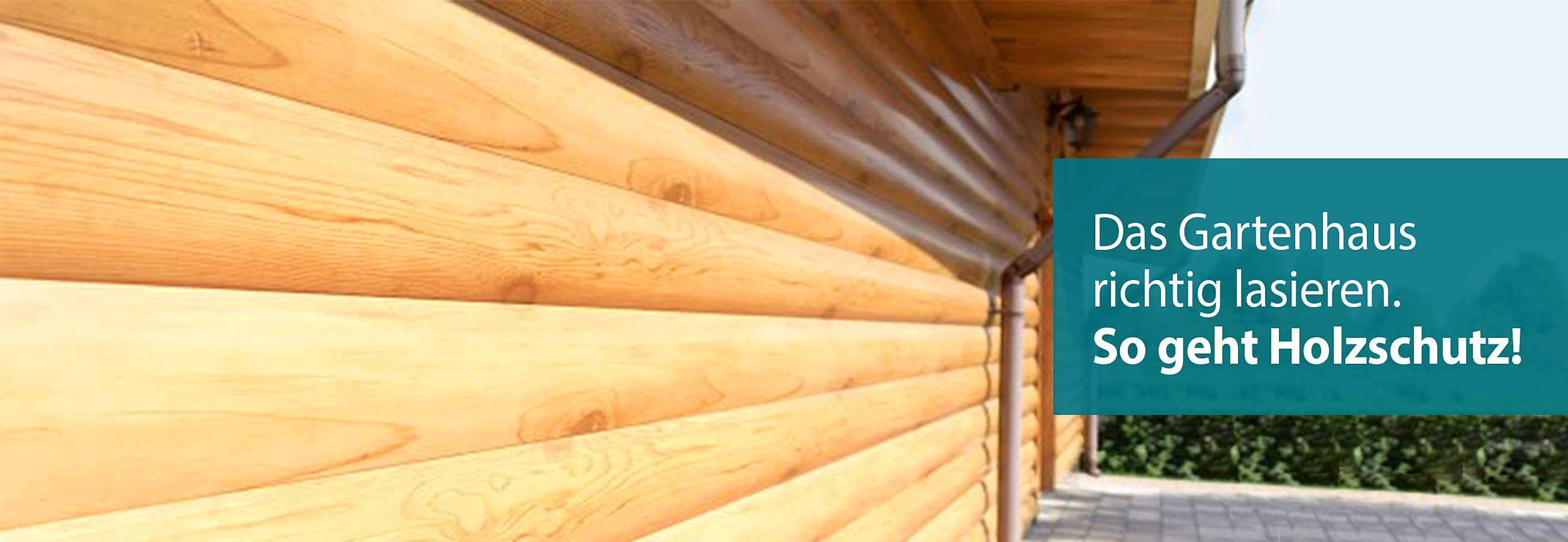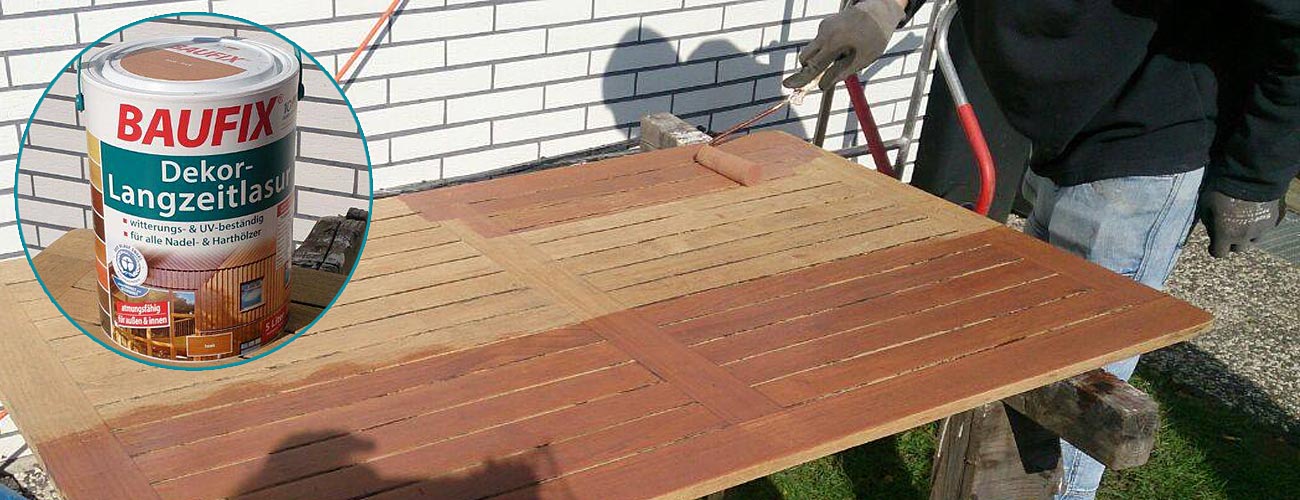Gartenhaus richtig lasieren - so geht's
subheading
Varnishing a garden house: Care for the garden house
Whether as a storage room for garden tools and furniture or as a refuge for rainy days - a garden house or a wooden shed in the garden is very practical and can accompany you for a lifetime. Provided it receives the necessary care! Because even if many garden houses are made from local softwoods such as spruce, which are rich in resin and have grown in our weather conditions, moisture, sun and frost are enormous damaging factors that can damage the wood in the long term. To protect the garden house from these external factors, it is advisable to regularly treat the wood with appropriate wood stains . In our instructions we explain to you how to easily stain a garden house.
Why should I varnish my garden house?
Wood is characterized by a number of advantages that make it much easier to work with - whether charmingly simple or more rustic, the variety of possible implementations is almost limitless. Unfortunately, processed wood in particular has natural weaknesses that lie in the area of permanent surface influences. As a reminder: in nature, wood is surrounded by a protective bark, which is now missing here. A replacement for this, which also offers optical advantages through different colors, is wood glaze. It is applied to wooden surfaces and provides an additional protective layer against the effects of the weather. When you glaze a garden house, you protect and enhance your building material in a targeted manner.
BAUFIX offers you a wide range of wood stains. Before buying a stain, you should be aware that you cannot use every wood stain universally. Of course, we want to help you with this. In the following lines you will therefore find important information on the subject of staining garden sheds, choosing the right wood stain and how to use it. This way, every project can be completed in no time!
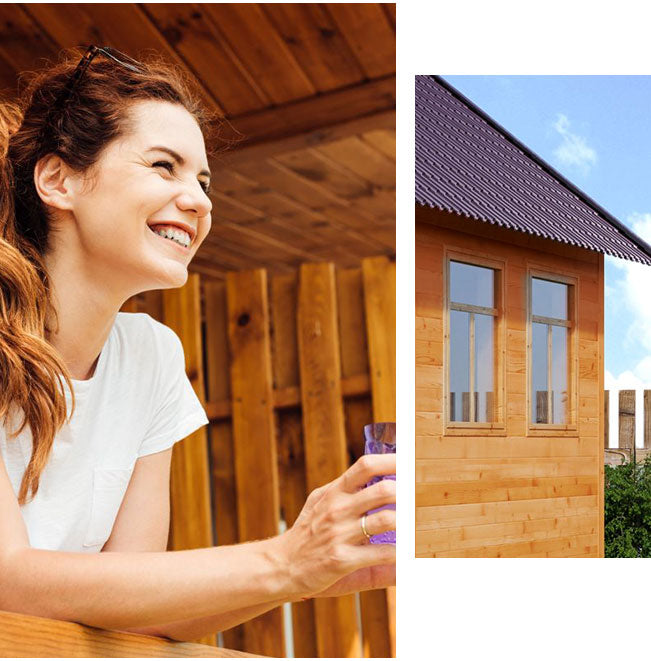
subheading
Glazing a garden house: How it works
A wooden house can warp, shrink, discolor, swell, or even become moldy or rot. To ensure that your garden house lasts as long as possible, proper care is essential. We will explain to you what you need to varnish your garden house, when the best time is to do it, which varnish is best for your garden house and show you step by step how to varnish your garden house.
subheading
Step 1: Clean the garden house
Before you can start varnishing the garden house, you should remove any dirt. If you notice that the old varnish is flaking off, it is advisable to sand the wood first.
Step 2: Prime/impregnate the garden house
A wood protection impregnation is the basis for varnishing the garden house. It protects the wood from fungi, blue stain and swelling. It is also a good base for the subsequent coat of paint. You apply the primer undiluted with a brush to the raw or sanded wood. You can fill in any gaps in the wood with the wood filler. You should remove any resin that has leaked out with a thinner. The primer is dry after about 24 hours. Now you can varnish your garden house! Make sure to ventilate well when applying the primer!
Tip
If you want to varnish a new garden house, we recommend that you do this when it is not yet assembled. This way you can treat all of the wooden beams, which may no longer be visible once it is assembled.
subheading
Step 3: Varnish the garden house
Applying a wood glaze is actually very simple. Generally, all you need is a brush and the right glaze. BAUFIX also offers wood glaze in electric cup guns, which save you the hassle of brushing and allow you to spray the entire garden house with the glaze. However, the following applies to every glaze: use it undiluted and apply twice. Always brush in the direction of the wood grain. Once the first coat has dried - after about 4 hours - you can apply the final coat. After each coat, you must protect the wood from rain for about four hours!
Our tip
Just as you can varnish a garden house, you can also treat wood and roof cladding, a carport or a pergola. However, these varnishes are not suitable for floors or garden furniture made of wood. For fences, wooden paving or palisades, the fence and garden varnish is the optimal choice.
subheading
You want to varnish your garden house, but don't know which varnish is best for your garden house? Varnishes differ from one another in various properties, including the color of the varnish. There is white wood varnish, gray wood varnish and special colored wood varnish. It should be noted that varnishes are generally transparent and penetrate deep into the wood. You don't want to varnish your garden house at all, but would rather paint it with an opaque color? You can find the corresponding instructions here. But it doesn't stop with the color. In order to varnish your garden house properly, you also have to consider the three different types of layers that wood varnishes can generally have.
subheading
Thin wood stains
The thin wood glazes are particularly characterized by the fact that they penetrate deeply into the material, meaning you don't have any problems with flaking and they provide fairly good moisture protection. These wood glazes are particularly effective for wood that is used independently of the house and does not have any crucial properties, such as fences.
middle layer glazes
In contrast, middle layer glazes are slightly thicker and therefore provide excellent moisture protection, which is suitable for parts of the house, such as wooden shutters.
thick-layer glazes
For really important components such as wooden window frames, we particularly recommend the thick-layer glaze for glazing garden sheds. This is very thick and can therefore withstand constant influences.
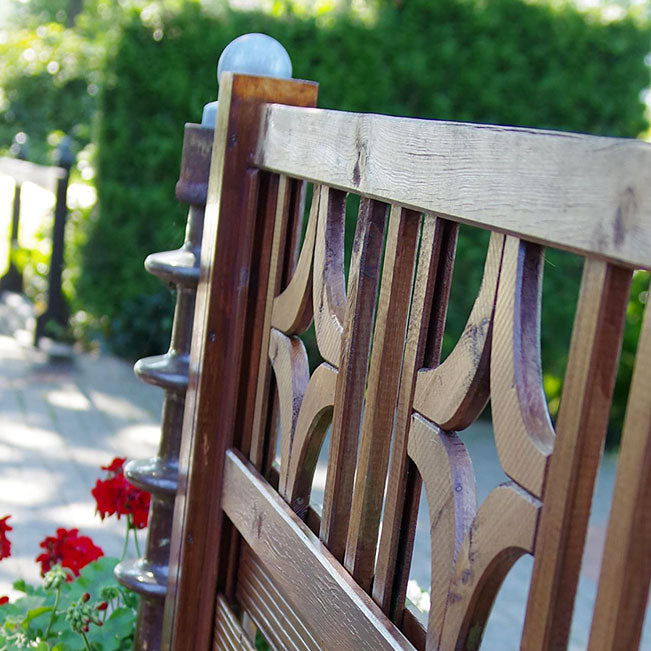
subheading
Which glaze should I use to glaze my garden house?
A glaze protects your wood from moisture and does not flake. It ensures that the weather and sunlight cannot harm the wood. Glazes are lightly pigmented and allow the grain to shine through. The decorative long-term glaze from BAUFIX is available in five colors, from pine to oak to mahogany. The weather protection wood gel also does a great job on the garden house; it is even available in 14 colors. Instead of painting, you can also spray. The multi-spray wood glaze, on the other hand, can be used with electric cup guns. If your garden house or shed is constantly exposed to the sun, our PUR long-term glaze is the right choice. It is also available in five shades. So think about what color you want to glaze your garden house in, how you want to apply the glaze and what other properties the glaze should have.
Wann und wie oft sollte ich mein Gartenhaus lasieren?
Den Gebrauch einer Holzlasur empfehlen wir dir aus vielerlei Gründen. So kannst du beispielsweise bereits bestehende Holzbauteile am Holz oder Projekte wie Baumhäuser weiterhin mit einer neuen Schicht Lasur schützen oder einen neuen Look verpassen. Dabei raten wir dir, die wärmeren Jahreszeiten zum Gartenhaus lasieren zu nutzen, um niedrige Temperaturen unter 10 Grad Celsius und hohen Niederschlag zu vermeiden.
Auch wenn die Lebensdauer der Holzlasur davon abhängt, wie stark das Gartenhaus oder der Schuppen Sonne, Regen oder Wind ausgesetzt ist, solltest du sicherheitshalber etwa alle 2 Jahre dein Gartenhaus lasieren. Ist die Lasur völlig verschwunden, fang lieber von vorn an: Schleif alles ab und beginne mit der Grundierung. Damit du diesen Schritt aber nicht so häufig gehen musst, gibt es bei BAUFIX auch Langzeitlasuren, die dir von Anfang an den gewünschten Schutz bieten und die Verwitterung stark eindämmen. Angaben zur Dauer und Art des Schutzes sowie zu den damit streichbaren Flächen sowie anderen Eigenschaften, findest du bei uns im Shop und bei den Angeboten selbst. Wir freuen uns auf deine Kontaktaufnahme, gerne beraten wir dich hierzu.
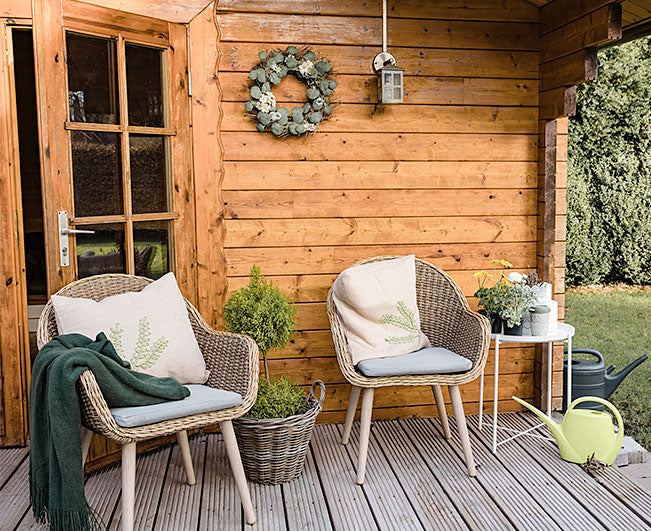
subheading
Varnishing a garden house: Wood glazes preserve the wood sustainably
The protective nature of the wood glaze particularly includes influences that come from moisture and simultaneous air influences. That is why you should definitely varnish your garden house regularly! Apart from a few interior surfaces, almost every wooden surface in a garden house is constantly exposed to such influences. But interior areas can also be exposed to water in the event of minor accidents. There is also a wood glaze for interiors that is tailored to this. Wood is incredibly economical, but still needs to be protected against such influences. You can use wood to create load-bearing structures for smaller and larger construction projects, as well as use cladding made from various types of wood. However, it is always crucial that the wood that is on the surface or that can otherwise come into contact with moisture is protected on the surface with a wood glaze. This means that you can enjoy the natural, unique feel of your wooden furniture and buildings for many years to come.
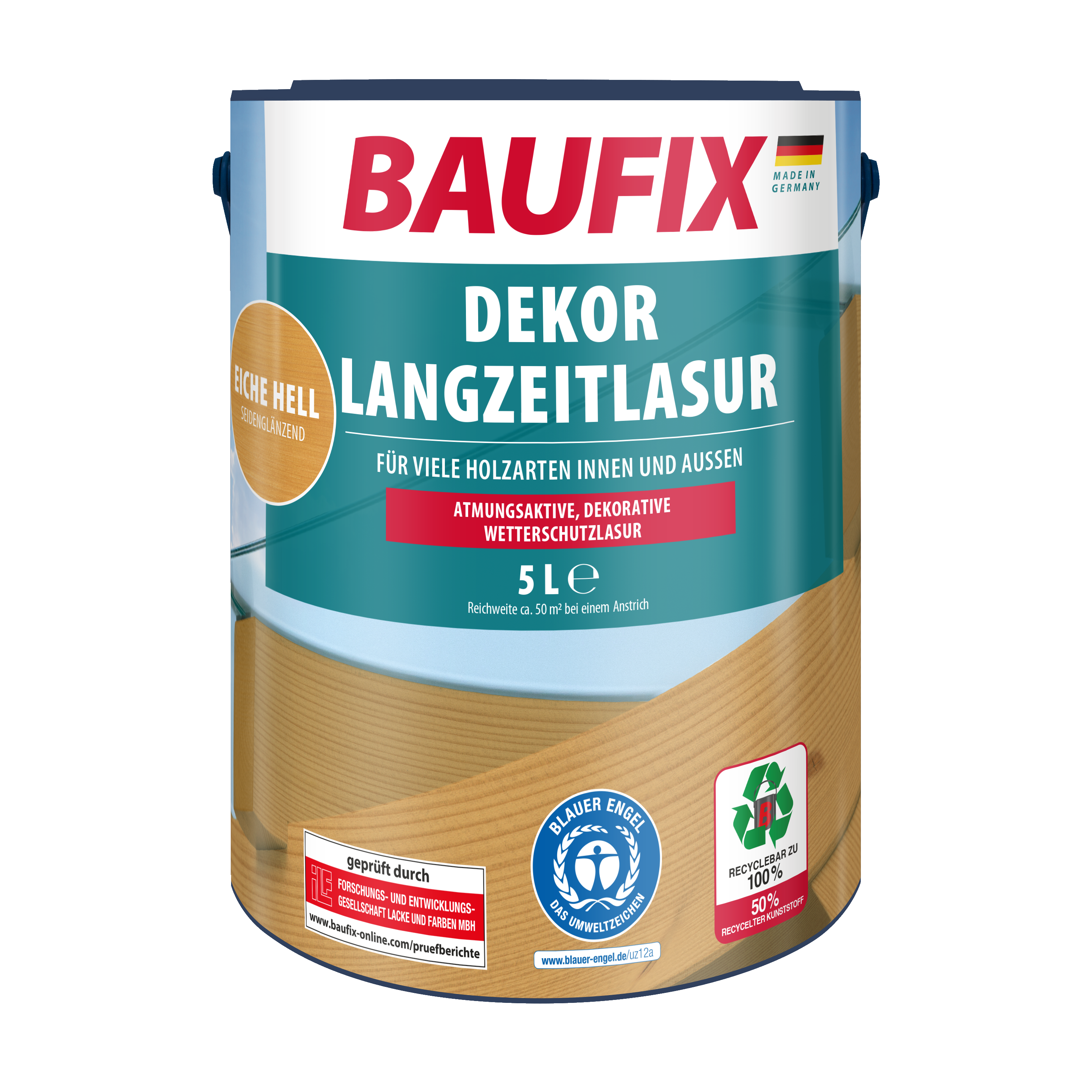
subheading
Our garden house glaze: BAUFIX Dekor Langzeitlasur
- for all softwoods and hardwoods
- breathable
- weather- and UV-resistant
- for outside & inside

